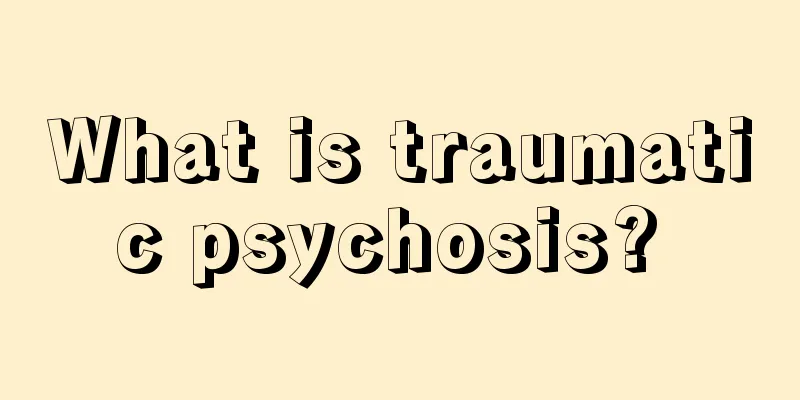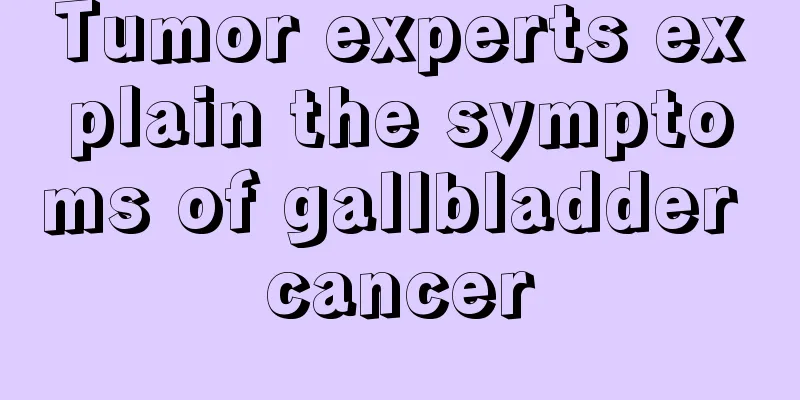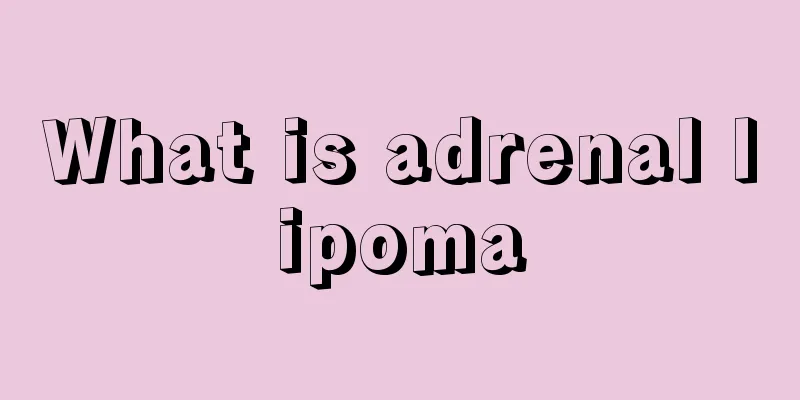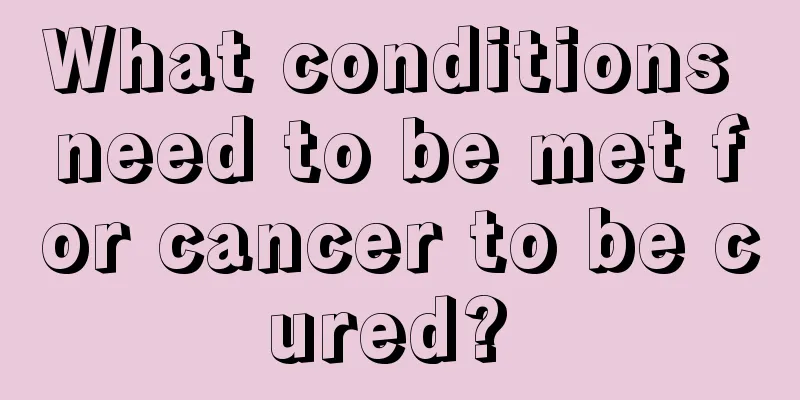What is traumatic psychosis?

|
Mental illness is a mental illness, a psychological disease. Patients generally experience severe stimulation, impact and other external influences. Specifically, it will manifest as incoherent speech, yelling, strange behavior, and emotional disorders. Most mentally ill people suffer from psychological disorders after being traumatized. Whether relatives or friends, they should give patients the greatest patience and pay more attention to them. So what exactly is traumatic psychosis? 1. Overview of Traumatic Psychosis Psychogenic mental disorders are a group of mental disorders caused by psychosocial factors. It can be divided into acute stress reaction, post-traumatic stress disorder and adjustment disorder. 1. Acute stress response It is a mental disorder caused by sudden and unusually strong stimulation, characterized by confusion, numbness, narrow attention span, disorientation, incoherent speech, and sometimes stupor. Others may experience agitation, increased and aimless activity, and intense anxiety and fear. 2. Post-traumatic stress disorder It is a delayed and/or prolonged response to an unusually threatening, catastrophic event. Patients re-experience the traumatic event in various forms, with persistent intrusive memories and recurring dreams of the painful experience. 3. Adjustment disorder It is a short-lived, milder state of distress and emotional disorder. Social functioning is often impaired, but psychotic symptoms do not occur. Psychogenic mental disorders are a group of mental disorders caused by psychosocial factors. It can be divided into acute stress reaction, post-traumatic stress disorder and adjustment disorder. 2. Treatment Methods (1) Psychotherapy: Since reactive psychosis is caused by obvious and strong mental trauma, psychotherapy is particularly important. First, interpretive psychotherapy should be used to analyze the patient and point out how to correctly deal with the mental stimulation that causes the onset of the disease; then the nature of the disease should be explained so that the patient can understand the law of the onset of the disease; and support and encouragement should be given to relieve the patient's worries and mobilize the patient's subjective initiative to overcome the disease. The patient should be comforted and assured to promote the development of the disease in a favorable direction. (2) Environmental therapy: Since the patient has a significant traumatic experience of the situation at the time of the onset of the disease, in order to promote the early improvement of the disease, the environment should be adjusted to eliminate the adverse stimulation of the disease. Practice has shown that transferring the patient to an exciting new environment has a positive significance for treatment. (3) Drug therapy and physical therapy: Although these treatments are symptomatic, they are also indispensable. First of all, the patient's sleep should be guaranteed. For patients with anxiety, restlessness, insomnia, weak tranquilizers can be used to adjust the functional state of the brain and prolong physiological sleep time. Commonly used drugs include diazepam, chlordiazepoxide, antalol or chloral hydrate, etc. |
<<: What is traumatic wet lung?
>>: How to take Danxin Drop Pills?
Recommend
What to do with loose eyelids, these methods are the most effective
It is an indisputable fact that people's eyel...
Which hospital is more professional in treating glioma
Which hospital is more professional for glioma tr...
What to do if you have enlarged pores on your back?
In daily life, enlarged pores on the back are qui...
How long can passion fruit be preserved after being dug out
Many of the foods we eat on a daily basis are pro...
What are the symptoms of a broken car swing arm
With the improvement of people's living stand...
How to remove oil stains on clothes
The weather is getting colder, and we wear more c...
What should I do if a mosquito bite leaves a red mark?
The summer when mosquitoes are rampant is very sa...
What to do if your hands hurt from the burning chili peppers
In daily life, everyone will encounter various ex...
The best way to prevent testicular cancer
Many of us have heard of testicular cancer. It is...
Symptoms and manifestations of rectal cancer
Rectal cancer may cause symptoms such as diarrhea...
Does baking soda have any magical beauty benefits?
Baking soda is a substance that many people are v...
What is Hepatocellular Carcinoma? Learn about Hepatocellular Carcinoma
Hepatocellular carcinoma is an extension of liver...
Elbow tendinitis
Elbow tendinitis, also known as tennis elbow. It ...
How to take care of yourself when you have diarrhea due to a cold
It is very common for adults to catch a cold in t...
How to clean paint from clothes
Although many people do not come into contact wit...









